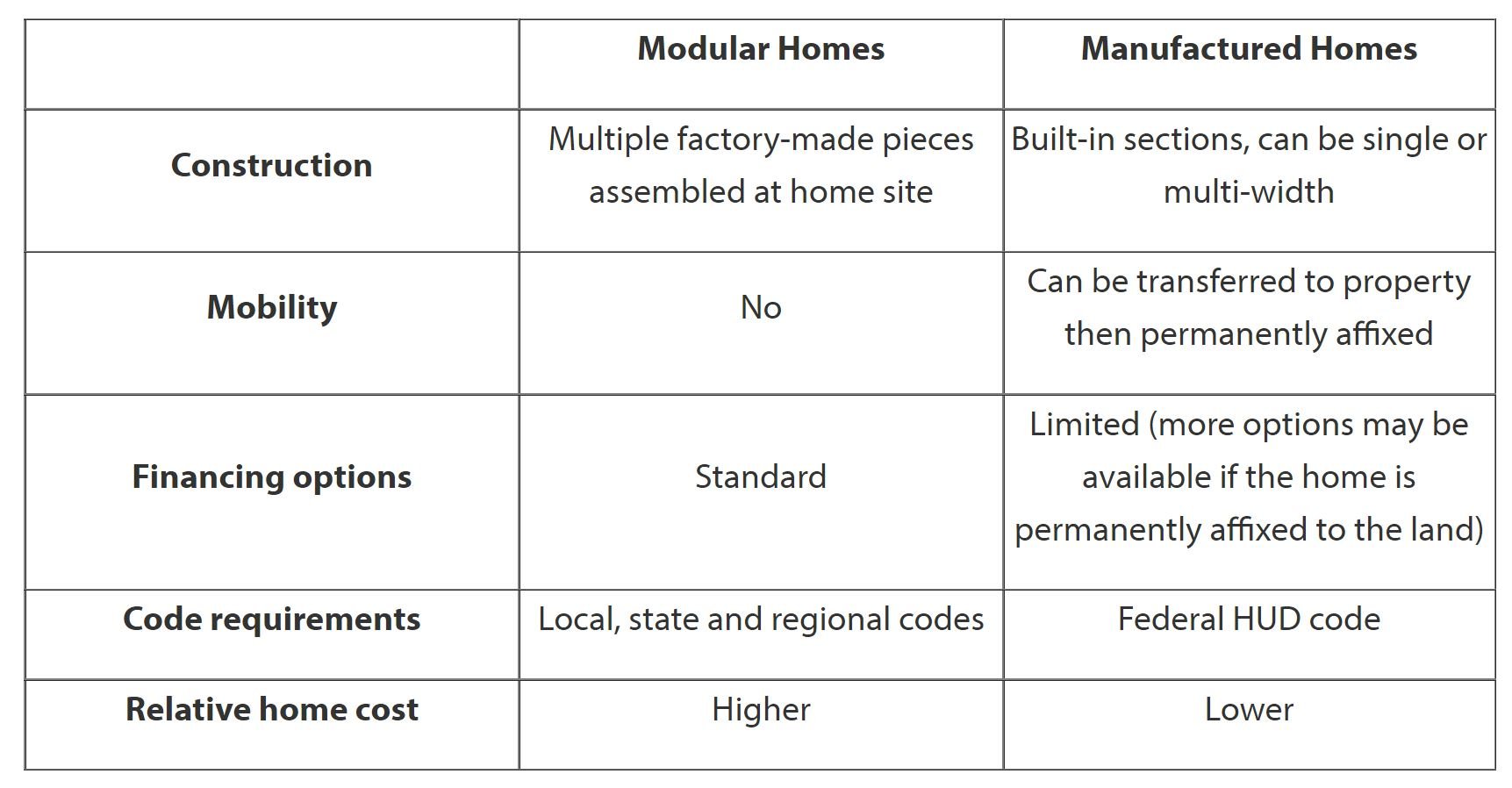What is PMI? PMI, private mortgage insurance, is required to be used when a homebuyer uses a conventional loan and the down payment is less than 20%. There are different rules for FHA and VA loans, so we will only be addressing mortgage insurance for conventional loans in this article.
The amount for PMI can range from $30 to $70 monthly for every $100,000 borrowed. This rate varies based on the borrowers credit score. The PMI is also recalculated every year based on the current loan balance so the premium decreases from year to year as the principle amount decreases. Since mortgages are amortized, monthly payments do not significantly impact the principle in the beginning of the repayment cycle. Therefore, the amount of PMI paid on a $250,000 loan can be estimated to cost at least $12,000 over the time period that PMI will be applied to the cost of the loan.
The purpose for PMI is to protect the lender from the elevated risk based on a higher principle due to the lower down payment made by the borrower at the time of the loan. Once there is a sufficient cushion of equity, the PMI can be removed.
So, how can you get rid of the PMI? First you need to check with your lender to find out their process to eliminate the PMI payment. PMI is often cancelled automatically once you’ve reached around 20% or 22% equity based on the original amortized payment schedule and original loan calculations. The other option is to provide a certified appraisal that shows the loan balance is no more than 80% of the homes value.
Recently, I have been going through the process to remove my PMI from my personal home that I bought 2 years ago. A lot has happened to both my home and the market I am located in that makes me confident that I meet the threshold for removing my PMI. Not only have I made significant improvements to my home in the past 2 years which include all new windows and doors, a new furnace and a new CAC unit, but the predominant price in my plan has increased by about 30% over the past 2 years.
As of this article, I have been paying around $60 per month totaling around $1,560 in PMI payments that I have made thus far. If I were to continue paying these insurance payments until the insurance was automatically dropped based on the original terms of the loan, the total would be over $5,600. The cost for the appraisal I am having completed to remove my PMI is $550. That would amount to about a $3,200 to $3,400 savings in insurance premiums.
If you bought your house within the past few years, it might be financially feasible for you to revisit your loan terms and look into removing your PMI payments. Many market areas went through substantial increases in the predominant sale prices that could have had a significant impact on the value of your home. These increases along with any significant improvements you have made to your home may have impacted the value of your home increasing your chances of having sufficient equity to meet the 20% threshold. Contact your lender and find out their procedures for eliminating your PMI earlier than the automatic removal. If your lender allows you to pick your own appraiser for this purpose, please consider the professionals at Town & Country Residential Appraisals.















